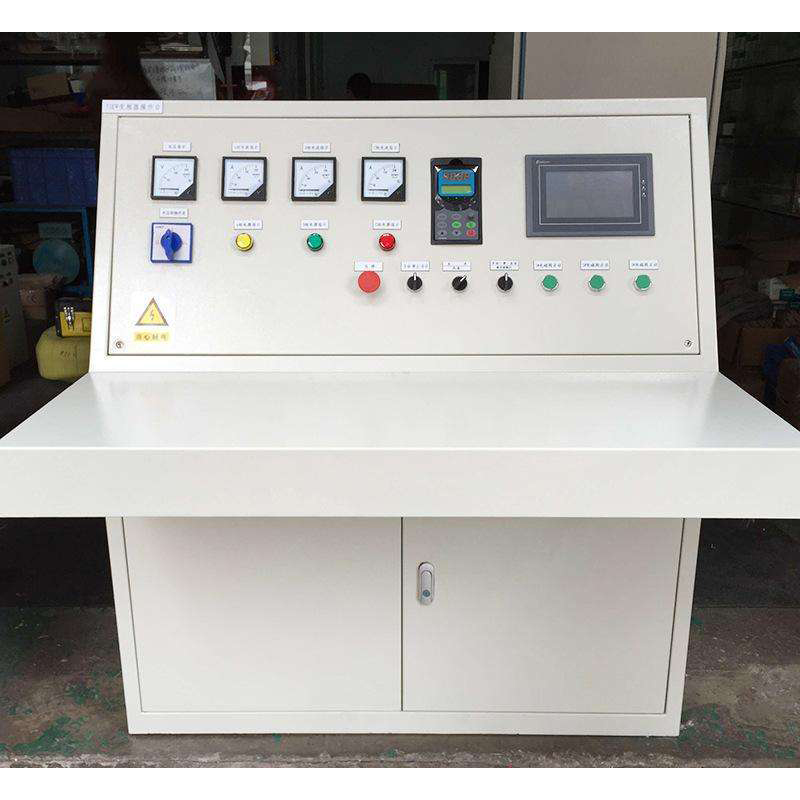
8 月 . 13, 2024 22:51
Back to list
Efficient Thermal Transfer Technologies for Enhanced Energy Savings in Industrial Applications
The Importance of Heat Exchangers in Modern Industries
Heat exchangers are critical components in various industrial applications, playing a vital role in the efficiency and effectiveness of thermal management processes. Whether in HVAC systems, power plants, chemical processing, or food production, heat exchangers are essential for transferring heat between two or more fluids. This article delves into the fundamental functions and types of heat exchangers, as well as their significance in promoting energy efficiency and sustainability.
What is a Heat Exchanger?
A heat exchanger is a device designed to transfer heat from one medium to another, typically between liquids or gases. The primary objective of a heat exchanger is to maximize the surface area available for heat transfer while minimizing the resistance to fluid flow. There are various configurations of heat exchangers, including shell-and-tube, plate, air-cooled, and double-pipe designs, each suited to specific applications and operational requirements.
Types of Heat Exchangers
1. Shell-and-Tube Heat Exchangers These are among the most commonly used designs in industries. They consist of a series of tubes, one set carrying the hot fluid and the other the cold fluid. The heat transfer occurs through the tube walls, allowing for efficient thermal exchange. They are highly versatile, commonly used in oil refineries and chemical processing plants.
2. Plate Heat Exchangers Constructed from thin plates, this type of heat exchanger provides a larger surface area for heat transfer compared to shell-and-tube designs. Plate heat exchangers are favored in food and beverage industries due to their ability to handle high temperatures and pressures while being compact and lightweight.
3. Air-Cooled Heat Exchangers These are typically used in applications where water is scarce. They rely on air to cool hot fluids, often utilized in power plants and petrochemical facilities. Their design allows for efficient cooling without the need for additional cooling water.
heat exchanger

4. Double-Pipe Heat Exchangers This simpler design features one pipe inside another, with one fluid flowing through the inner pipe and the other in the annular space between the two pipes. While they are less efficient than other heat exchanger types, they are straightforward and cost-effective for small-scale applications.
Applications in Industries
Heat exchangers serve a myriad of functions across various sectors. In the power generation industry, they are crucial for condensing steam back into water, thereby optimizing efficiency. In the food and beverage industry, they facilitate the heating or cooling of products without contamination, adhering to strict hygiene standards. Chemical manufacturers rely on heat exchangers to control reactions that require precise temperature management.
Promoting Energy Efficiency and Sustainability
In an era of increasing environmental concerns and energy costs, the role of heat exchangers in promoting energy efficiency cannot be overstated. By recovering waste heat from industrial processes, companies can significantly reduce their operational costs and carbon footprints. Modern heat exchangers are designed to maximize heat recovery, enabling industries to lower their energy demand and enhance overall sustainability.
Moreover, the integration of advanced materials and technologies in heat exchanger design is paving the way for improved performance. Innovations like enhanced surface geometries and phase change materials are making modern heat exchangers more efficient, cost-effective, and capable of operating under extreme conditions.
Conclusion
In conclusion, heat exchangers are pivotal to the efficient operation of numerous industries, facilitating the transfer of thermal energy in a variety of applications. Their ability to improve energy efficiency and promote sustainability makes them essential in today's industrial landscape. As technology continues to advance, heat exchangers will undoubtedly play an increasingly significant role in paving the way for a more energy-conscious future.
Latest news
-
Unlocking The Quality Gas Pressure ReducersNewsNov.01,2024
-
The Role of Gas Pressure Reducing StationsNewsNov.01,2024
-
The Importance and Functionality of Safety Relief ValvesNewsNov.01,2024
-
The Essential Role of Safety Valves in Natural Gas ApplicationsNewsNov.01,2024
-
The Essential Role of Gas Pressure RegulatorsNewsNov.01,2024
-
Enhance Your Premium Gas FiltersNewsNov.01,2024

